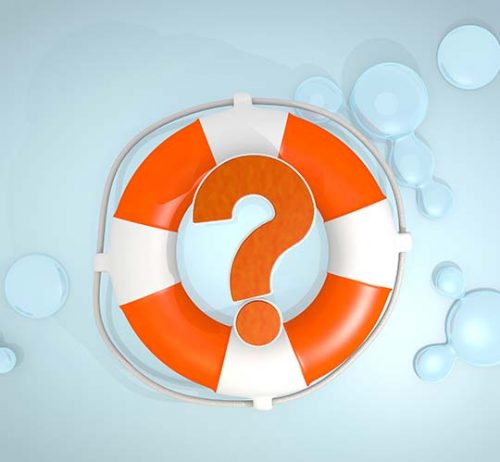Kahlenberg frequently asked questions
Find put more about sound signals and how they relate to law and best practice
We’ve collected some of the many questions we get asked during the year and placed them here for you. Just clock on the headings to reveal the answers.
Have we answered your question here? If not, please contact us

